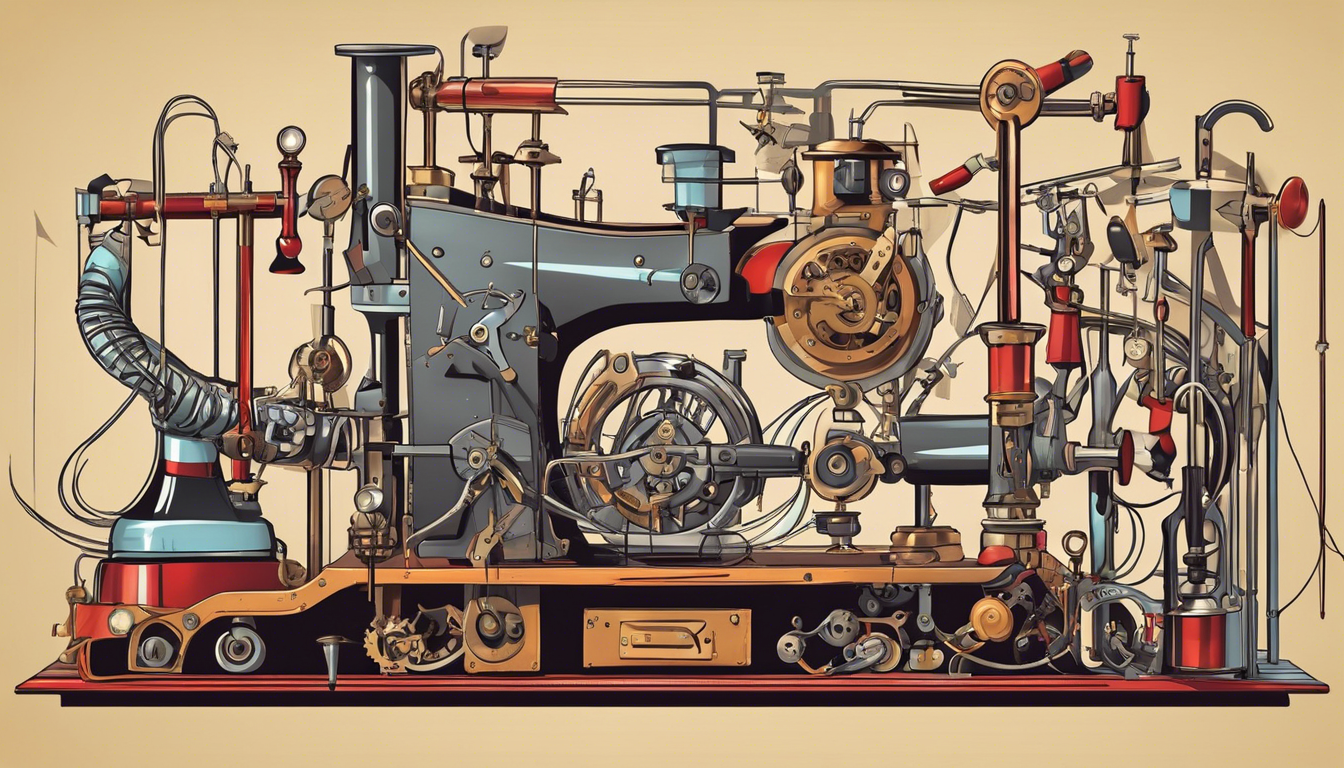Your cart is currently empty!
Category: Uncategorized
-
ball
[wpcode id=”2771″]
Click anywhere to move the ball
[wpcode id=”2773″]
-
USB C: What is it? What Are The Benefits? What Can it Do?
What is USB-C?
USB Type-C is becoming the standard connector for moving data and power to and from a wide variety of computing devices. Its symmetrical design means it can be inserted either way — up or down — eliminating many of the frustrations of earlier USB ports and putting it on a par with Apple’s reversible Lightning plug (but better).
USB-C continues to evolve toward faster data transfers and the ability to push more power to devices. It’s closely linked to several powerful new technologies, including Thunderbolt and USB Power Delivery, that have the potential to change how we think about our gear and how we work in the office or on the go.
There is a dark side, though. USB-C is just the connector type; it’s built on the Universal Serial Bus specification (U-S-B, get it?). Here things can get messy. The four main USB protocols in use today are confusing. These are the specifications:
- Today, the most popular USB spec is the USB 3.2 Gen 1 protocol. It allows a maximum throughput of 5Gbps to travel over a single lane of data and can use an old-school Type-A rectangular plug or the oblong USB-C connector.
- The next step up in speed bifurcates into two alternatives: the use of double speed lanes of data that abide by the old speed limit (USB 3.2 Gen 1×2) or a single lane that operates at twice the speed (USB 3.2 Gen 2×1). Either way, the result is 10Gbps peak throughput.
- The most recent update is the USB 3.2 Gen 2×2 protocol, which uses two lanes of double-speed data traffic to top out at 20Gbps.
Confusing matters more, the USB 3.2 single-lane protocols are basically renamed USB 3.1 protocols, which you may still see on some devices. USB 3.1 Gen 1 is the same as USB 3.2 Gen 1, and USB Gen 3.1 Gen 2 is the same as USB 3.2 Gen 2×1.
TOTAL MIND FUCKThe USB Implementers Forum (USB-IF), the organization that develops and governs the USB standard, suggests that device makers use its “SuperSpeed USB” designations (see table below) to simplify marketing to consumers, but manufacturers don’t always heed this advice. So, read the specs carefully.
What’s in a name? USB 3.2 specs and speeds
Spec Name SuperSpeed Rating Top Speed Single- or Dual-
Lane FlowUSB 3.2 Gen 1 SuperSpeed USB 5Gbps 5Gbps Single USB 3.2 Gen 1×2 SuperSpeed USB 10Gbps 10Gbps Dual USB 3.2 Gen 2×1 SuperSpeed USB 10Gbps 10Gbps Single USB 3.2 Gen 2×2 SuperSpeed USB 20Gbps 20Gbps Dual On the plus side, older devices do work with the newer specs. That two-year-old USB-C flash storage key will work with your newest laptop, although not always at top speed.
Cables Are Important
A good way to make sure your data moves at these higher speeds is to invest in high-quality cables. These will often have the SuperSpeed USB logo with a 5, 10, or 20 next to it denoting its top speed. If you get the top speed cable, it will work with the slower specs, although it won’t boost the slower device’s speed potential. As we’ll see, the next generation of USB development should consolidate cabling even further.
In Addition to Speed
A big bonus is that on many newer laptops and desktops, the USB-C specification also supports Intel’s Thunderbolt 3 data-transfer technology. In other words, a USB-C port on a computer equipped with Thunderbolt 3 can push data speeds to a theoretical limit of 40Gbps.
Those increased data-transfer speeds make it possible to push video over the same connection. USB-C’s Alternate Mode (or “Alt Mode” for short) for video enables adapters to output video from that same USB-C port to HDMI, DisplayPort, VGA, and other types of video connectors on displays, TVs, and projectors. This can pay huge dividends for the ultramobile among us by allowing us to plug many recent phones and tablets, such as the Samsung Galaxy S22 and Tab S8 systems, directly into a monitor at home or a projector in the office. Of course, you need the right adapter cable or a USB-C hub to make that connection.
What’s more, USB-C supports the USB Power Delivery (USB PD) specification. A USB 2.0 port can deliver just 2.5 watts of power, about enough to slowly charge a phone. USB 3.1 ups this to about 15 watts. But USB PD can deliver up to 100 watts of power, more than six times what USB 3.1 can do. This opens up a brave new world of laptop-powered projectors based on USB-C, but today it is mostly being used for high-power chargers and external battery packs.
Coming Soon is USB 4
USB is just getting started. Now that USB-C has been accepted as the de facto connector, the next step is USB4, which increases the speed and power delivery (but loses the space between “USB” and the version number). USB4 can move up to 40Gbps, provide at least 15 watts of power for accessories, and feed video to a pair of 4K displays or a single 8K display.
USB4 uses aspects of the Thunderbolt 4 spec. It can set up two bidirectional lanes of traffic at either 10Gbps or 20Gbps for a top speed of 40Gbps. That should be plenty for things like videoconferencing, which require two-way data flow to prevent congestion and data jams. In addition to extra security to prevent a hack attack, Thunderbolt 4 will be compatible with Thunderbolt 3 devices, like docking stations and External Graphics Processing Units (eGPUs). It includes dynamic data flow that dynamically adjusts the flow to suit the devices, so older devices won’t slow down newer ones.
You will need a Thunderbolt 4 cable to make all this work, but there’s a potential bonus with that: all Thunderbolt 4 cables will be compatible with anything from USB 2 (with adapter) through USB4 systems. This will make this cable as close to a universal data cable as exists today.
Most of these cables will be available in up to 2-meter lengths (about 6.6 feet), which is more than twice the standard 0.8-meter (31-inch) length of current USB-C cables. That said, Apple has a new 3-meter (9.8-foot) Thunderbolt 4 cable coming. At $159, which is almost as retarded as their $4,000 VR headset.

